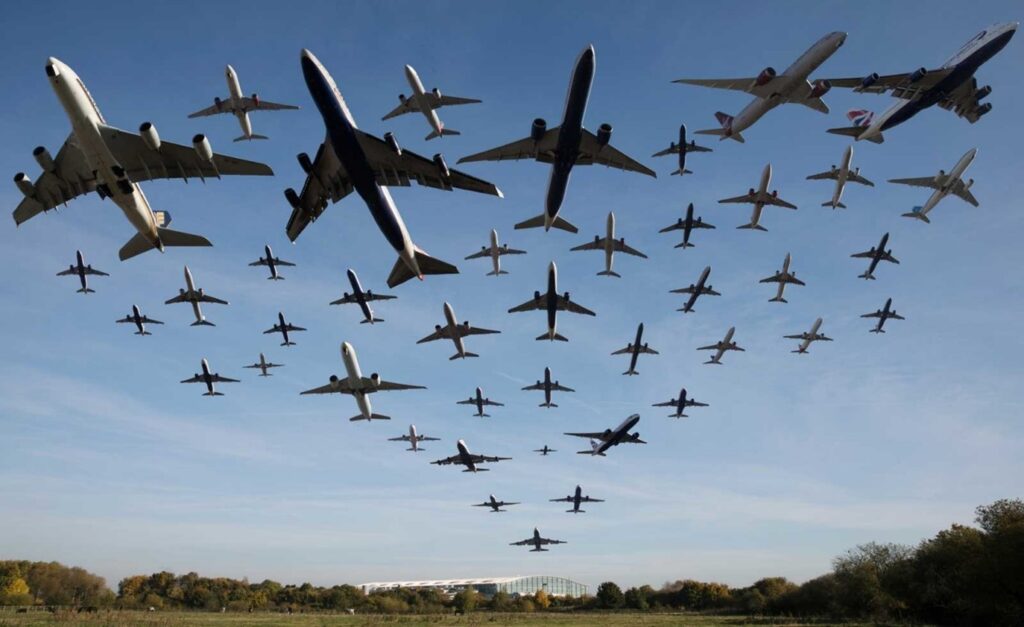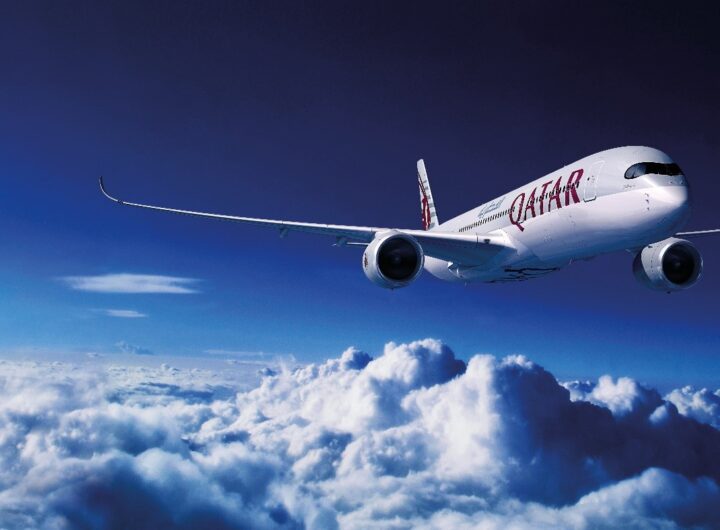
Picture: File
The COVID-19 pandemic has forever altered the airline industry’s course and changed how people think about air travel.
This remarkable change in the dynamics of airfare has come to light as a ray of optimism as the globe begins its road to normalcy. It has far-reaching consequences for passengers, airlines, and the fundamental foundation of global connectivity.
A new age of affordable air travel for leisure and business passengers is beginning as the global aviation sector witnesses a historic decline in international airline airfares.
With travel restrictions and lockdowns impacting every country in the world in 2022 and 2023, airlines capitalised on the surging demand for travel. There weren’t enough ground crew or pilots for airlines to return their grounded planes in the air post-pandemic.
As a result of an extreme shortage of seats and an equally extreme increase in demand, airfares reached previously unseen heights; for example, economy class tickets to Europe cost more than $4,000, business class tickets more than $25,000, and flights to the US were unaffordable for many.
Airline companies are reporting optimistic demand, parked planes are getting back in the air, and airfares are falling everywhere in January 2024. Increasing their frequency and stakes puts more seats on the market, pulling airfares down to generate more demand.
Airline price cuts prove the aviation business can adapt and persevere in unprecedented hardship. Airlines have used dynamic pricing tactics to promote accessibility and reignite the spirit of discovery. This is in response to a confluence of issues, such as the requirement to rekindle traveller confidence and drive passenger demand.
A new era of opportunity and inclusion may be fostered as a result of this deep discount on airfares, which opens up the sky by removing long-standing obstacles to travel. A world of possibilities opens to travellers as airfares are more affordable and competitive. They are invited to go on a voyage of discovery and explore new unachievable horizons until last year.
This price cut’s ripple effect goes beyond just lowering travel expenses; it heralds a new age in international communication and understanding. Aside from reawakening long-dormant wanderlust, the advent of affordable air travel has the power to revitalise tourism, commercial connections, and the fabric of human connection worldwide.
Last year, when the Australian government denied Qatar Airways’ request for additional services, it was a clear sign that Qantas wanted to keep its stranglehold on charging Australian consumers higher fares and prevent any competitors from entering the market with additional offerings that would challenge its status as the “national airline.”
Now, major international routes have seen the steepest drops in price. The most significant relief has been a 35.75 percent drop in the price of economy flights from Australia to Hong Kong. Next on the list is the US, followed by New Zealand and Singapore, with cuts of 16.06%, 23.57%, and 15.65%, respectively.
On average, first-class tickets fell 14.8% in the US, making it the country with the steepest decline. This pattern represents a more significant trend, showing that areas open to more aircraft capacity tend to have lower airfare costs.
Even though North America, the Middle East, and New Zealand are all at capacity levels from before 2019, 86% and 91%, respectively, there is still an opportunity for price cuts in these regions. In this respect, Europe is still the last frontier. Airfares to major European destinations, including the UK, France, and Italy, will be reduced slightly due to limited capacity on European flights.
This rate cut will be a monument to the aviation industry’s tenacity, flexibility, and determination in the face of extraordinary adversity. The industry is coming together to face the bright future of air travel, and the drop in airfare is a powerful symbol of that continuing dynamism and resilience.
To wrap it up, a period of transformation is occurring in the airline industry. International travel has become more accessible due to increased capacity and competition, which is good news for consumers and businesses. This shift is encouraging because it indicates a more interconnected and reasonably priced world in the age after the pandemic.
 Qatar Airways Resumes Flights To Malta: Enhancing International Connectivity
Qatar Airways Resumes Flights To Malta: Enhancing International Connectivity  Turkish Airlines Crowned Best Airline in Europe for the Tenth Time
Turkish Airlines Crowned Best Airline in Europe for the Tenth Time  From Vineyards to Coastlines: The Allure of Margaret River
From Vineyards to Coastlines: The Allure of Margaret River  A Trip to Christmas Island: Australia’s Hidden Oasis in the Indian Ocean
A Trip to Christmas Island: Australia’s Hidden Oasis in the Indian Ocean  Taking on the Tasman: Air New Zealand Unleashes 1.7 Million Seats for Summer
Taking on the Tasman: Air New Zealand Unleashes 1.7 Million Seats for Summer  Oman Air Elevates In-Flight Dining with Exquisite Omani Rock Rose Dessert
Oman Air Elevates In-Flight Dining with Exquisite Omani Rock Rose Dessert  Viking Cruises Unveils 14 New Ocean Itineraries for 2026 & 2027
Viking Cruises Unveils 14 New Ocean Itineraries for 2026 & 2027  Seabourn Elevates Onboard Dining with New Menus and Local Flavours
Seabourn Elevates Onboard Dining with New Menus and Local Flavours  Oceania Cruises Marks a New Era with the Construction of the First Sonata Class Ship
Oceania Cruises Marks a New Era with the Construction of the First Sonata Class Ship 